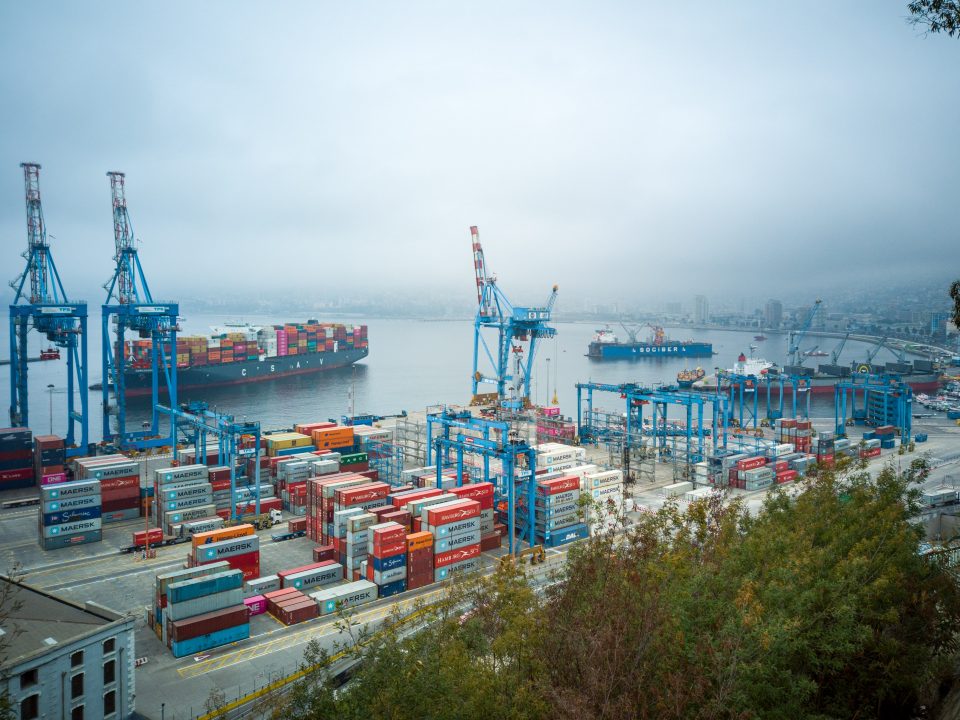The trucking and shipping industry has gone through an internal transformation over the past decade. Routes are more efficient than ever before, and shippers such as yourself now have greater control over monitoring the movement of your product and where, at any given moment, the truck and your products are located. Moving forward, this will help with cutting greenhouse gasses and your overall carbon footprint. However, several sustainable logistics practices are currently in effect and coming into common practice here at RJS Logistics. These are some you need to be aware of and how it impacts both your company and the environment.
List of Sustainable Logistics Practices
Transportation Management System
The ability to monitor every single movement of an entire fleet of vehicles is an important step in sustainable logistics practices. On the surface, this may not seem like that big of a deal. You’re able to see how your product moves from one location to the next, but how does it impact sustainability? It gives RJS Logistics a larger, forest-level visual of everything coming and going. By seeing the entire picture at once, it is easier to identify waste during the transport process.
There might be better routes to take or better combinations of products from shippers utilizing less than full truckload shipping methods. Monitoring a single truck is just one piece of the puzzle. Monitoring everything is the entire puzzle. From there, it’s all about finding the best ways to fit everything together.
Route optimization is a critical step in improving sustainability. Only so much can be done with the particular vehicles and fuel efficiency currently. Some modifications and fuel efficiency models have made cutting down on gasoline consumption easier. However, the next step will be in electric transit vehicles, which for trucking and shipping purposes, is still a way of. So, until that is a viable option, it remains extremely important to squeeze out all the wasted driving and optimize routes. With transportation management systems and fleet tracking, all of this is possible.
Down To The Minute Delivery Times
Knowing the exact moment your shipment arrives will help the receiving department unload the truck faster. It also helps cut down on idling and waiting for an available dock to unload your product. Before tracking vehicle movements in real-time, trucks often arrived in a given time window, but this often led to trucks waiting for space to open up to allow for unloading. This leads to all kinds of waste. Beyond delaying shipments, it can lead to trucks sitting in limbo, waiting for the opportunity to unload. The idling burns through more fuel, yet for many truck engines, it is better to leave the truck idling than turn it off and turn it back on to back the truck into a dock.
Additionally, the extended waiting time will use even more energy when using a refrigeration truck due to the fuel required to maintain the refrigeration.
By having an appropriate schedule with down-to-the-minute updates on the truck movements and location, it’s possible for a receiving department to make sure staff members are ready to unload the truck and have a dock available for the unloading. Idling is one of the biggest waste expenditures of any shipping company, so cutting this out helps dramatically improve sustainability for any company.
Varying Shipment Methods
Shipping is not and should not be a one-size-fits-all approach. There are different sizes of vehicles required for transporting your goods. By providing different shipment and transit methods for your products, it’s possible to cut out waste and improve transit time for whatever you need to send out. Whether it is a less than a full truckload, refrigeration truck, truck bed, or cargo van for local shipments or shipments to smaller businesses that don’t have large receiving docks, we have a range of shipment vehicles within our fleet.
We can provide you with improved shipment options. These shipment options go a long way not only in reducing your expenses, but we’re also able to cut down on greenhouse gases because we can provide you with flexible shipping options. Sustainable logistics practices often come down to offering varying delivery methods because what works best for you will not always be the best option for the next business, even if they sell and produce similar goods.
And having varying shipment methods also lets you upgrade with different vehicles when improved options become available. Electric full-sized freight trucks will not be a real option for long-haul destinations for some time, but that doesn’t mean upgrading short-range cargo vans for local shipments can’t be invested in. It’s all about planning for today and the future of sustainability, which is why logistical practices are so important.
Learn More About How You Can Improve Company Shipping Sustainability
Shipping has long been out of your hands. After completing the manufacturing of your product and preparing it for shipment, you schedule a delivery service to pick up the product and transport it. After this, you had very little (if any) impact on the sustainability of the shipment and your carbon footprint on the environment. However, here at RJS Logistics, we’re about not only delivering your goods in the fastest, safest method possible, but we always have our eyes on the future.
This includes everything from cutting costs thanks to more fuel-efficient vehicles to improving the sustainability of every shipment we make. If you’re interested in learning more about our sustainable logistics practices, both current and in the works, or if you want to discover how we can help elevate your company’s shipping to another level, email us or give us a call. We look forward to talking with you.




